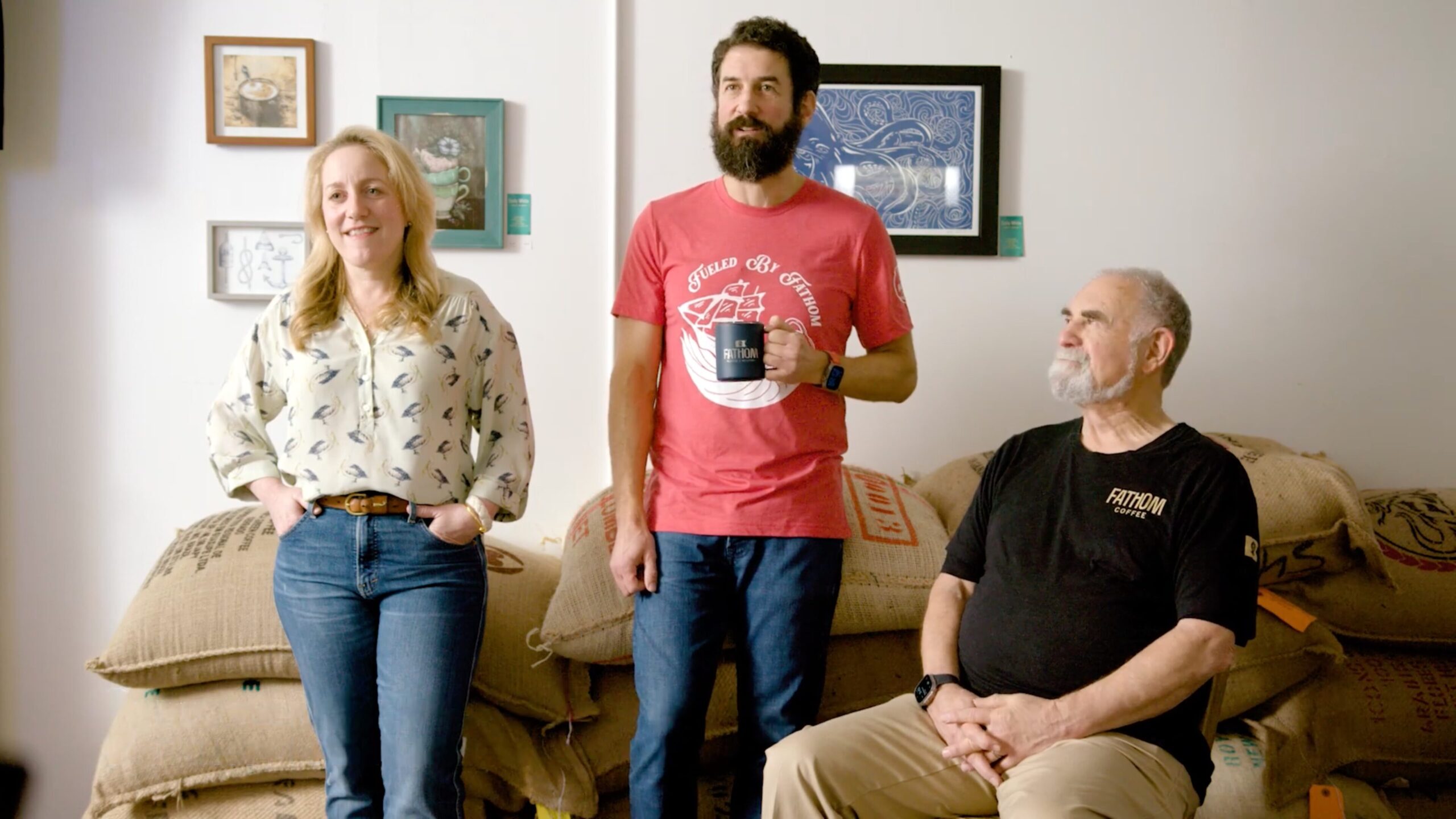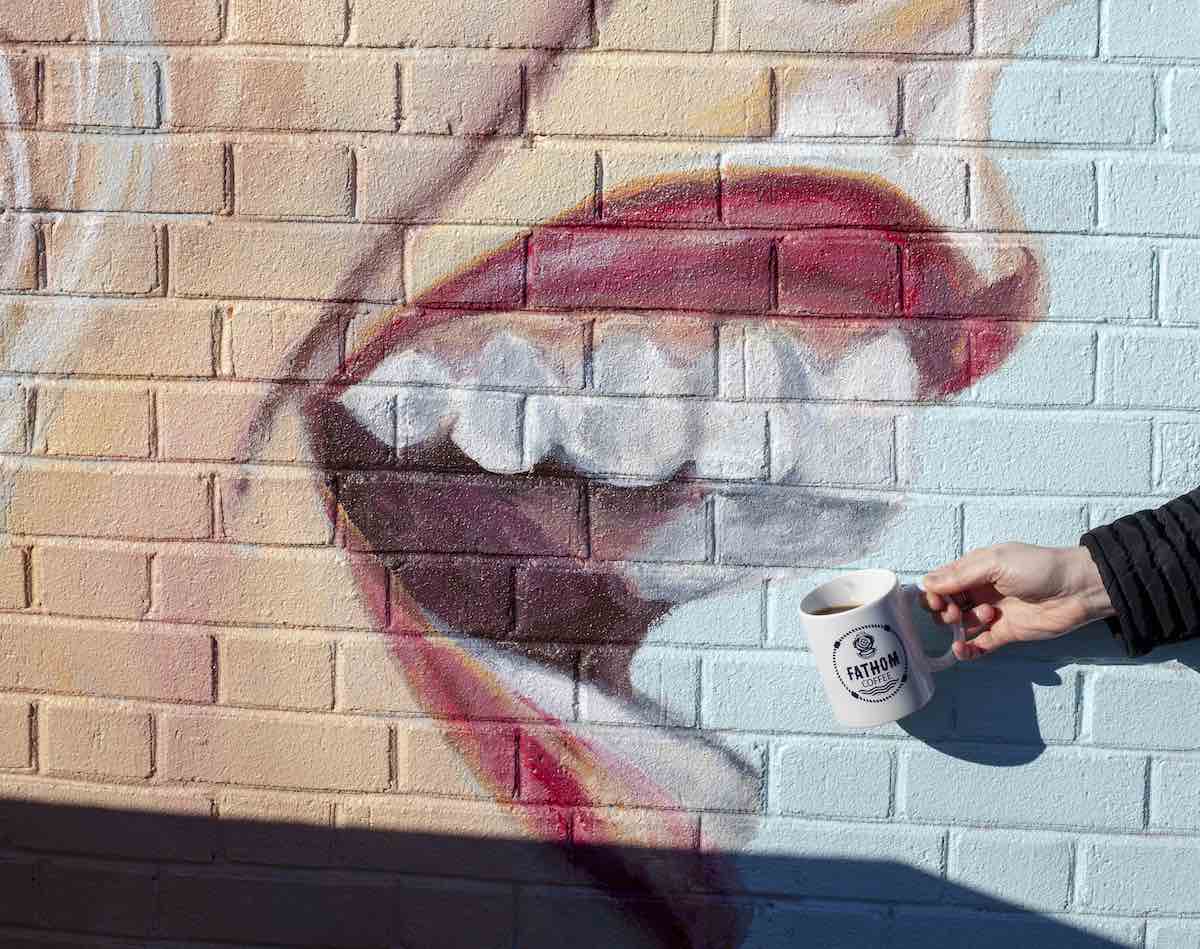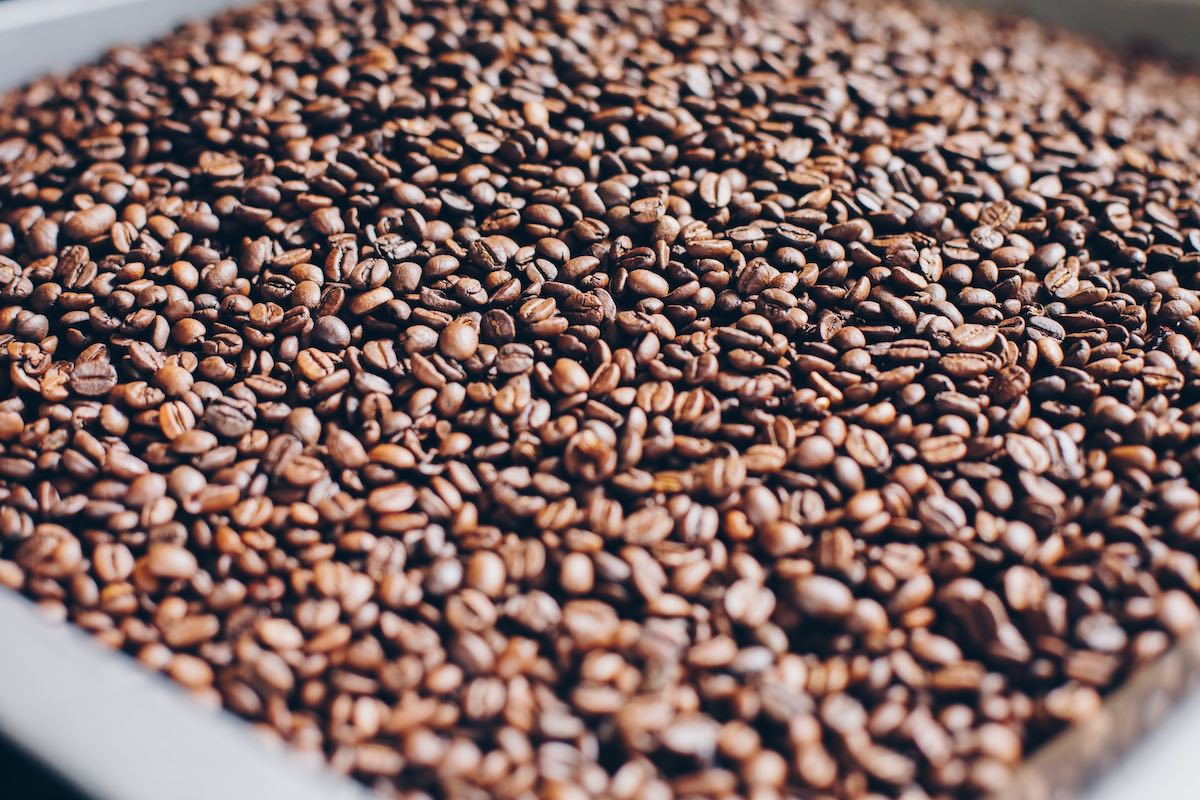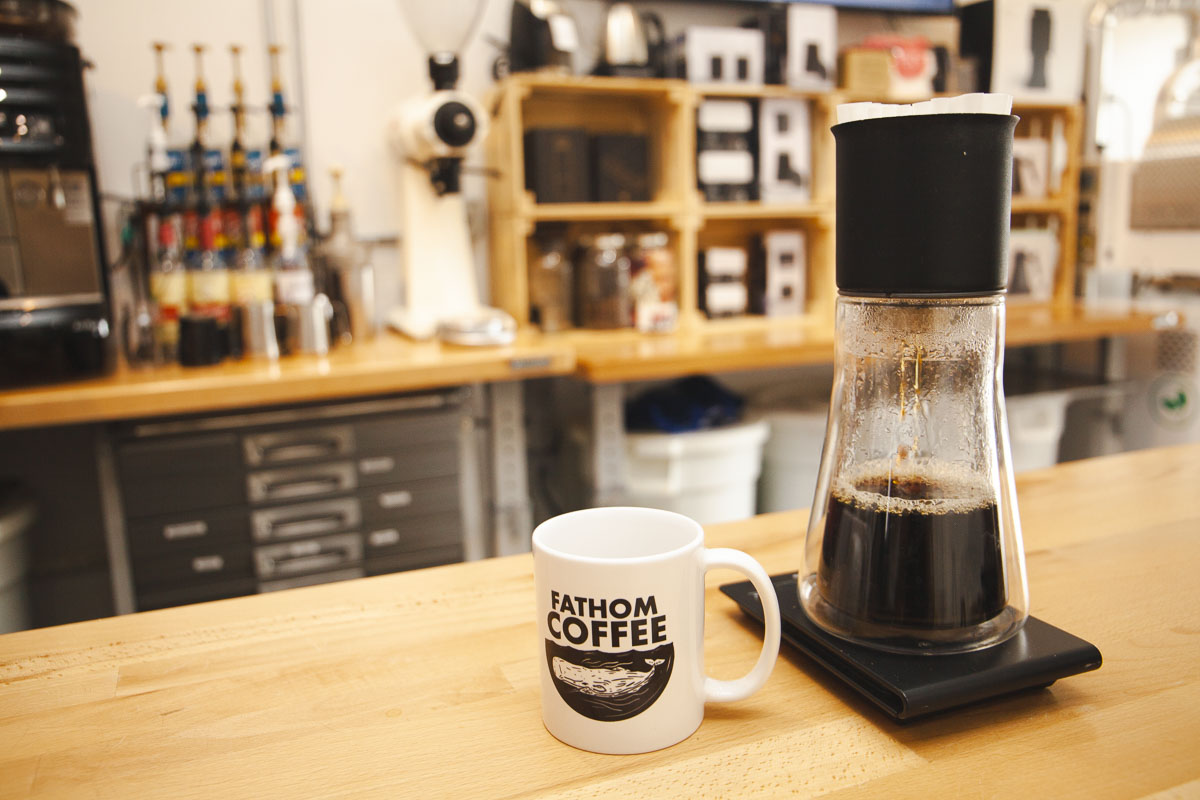

What if we told you that most of what you think you know about coffee is wrong? What if all the “coffee cliches” your mother taught you as a child were false?
Here are some big ones, all of which have been debunked:
We’re not here today to cover the same coffee folklore everyone else covers online. You can easily find that on your own. Our “Myths About Coffee” guide sheds light on some less addressed but equally popular myths.
From roasting best practices to how coffee tastes and affects your health, we’re about to reveal some of the top secrets of the coffee industry. We hope that by understanding more about java, you can make wise and confident choices moving forward in your coffee journey.
On Deck (Table of Contents)
One of the biggest misconceptions of the coffee industry is what makes coffee fresh. We might even go so far as to say that roasters play off when their coffee was roasted primarily to boost sales – even when it doesn’t make or break the quality of the beans.
The truth is that coffee roasted today or yesterday doesn’t taste good. Roasted beans need time to de-gas and age a bit before they’re ready to brew. Certain coffees taste best weeks after roasting. For example, our Yemeni coffee tastes amazing 14 days after roast.
At Fathom, we vacuum-seal our freshly roasted coffee beans in Mason jars – some at seven days, some at 10 days, depending on the optimal timing after roast. The beans stay as fresh as the day they go into the jars. You could open the jar a week after you buy your beans or 6 months later, and they will be equally as fresh. Just make sure you grind and brew them within two weeks of opening the container.
We explain this concept in detail in a previous article: “Is That Fresh Coffee?”
Another one of the most common myths about coffee is how long your grounds stay fresh after grinding them. Some believe they need to roast their coffee immediately – within 15 seconds of grinding – or the coffee will go bad right away.
Well, we’ve found that you can wait up to 48 hours before detecting a difference in the freshness or quality of your coffee. In fact, it may still taste fine up to a week after grinding, though you’ll probably taste a difference.
This is great news for anyone hoping to take amazing coffee on camping trips or short vacations. Grind your beans before you head out and enjoy great coffee on the go!
We understand why people may initially assume this, associating darker coloring with a stronger brew, but it’s simply untrue. Dark roast coffee is roasted for longer than light or medium roast coffee. The longer you roast a bean, the less dense it becomes, removing more of the caffeine and natural flavors. If you want a dark roast cup of coffee with as much caffeine as a light roast cup, simply measure the beans out by volume and use the same amount of water for each.
Light roasts have brighter, more complex, highly acidic, fragrant, and fruity flavor profiles. Dark roasts, on the other hand, tend to be bolder, richer, earthier, and more bittersweet.
You can get espresso from the exact same beans as coffee using different brewing methods. Espresso is simply concentrated coffee served in a smaller package – called a shot. We add shots of espresso to various drinks, like lattes, cappuccinos, and Americanos. Espresso can also describe a type of roast. “Espresso roast” is roasting the beans to a certain temperature to produce very dark beans.
To brew espresso, we often use dark roasted coffee and grind it to a very fine grind, a bit finer than table salt. Then we add the grounds to a basket (portafilter) and pack them down using a tamper. We “pull a shot” for a strong, full-flavored, powerful punch of caffeine with foamy crema on top.
There are a lot of coffee blogs out there claiming that caffeine won’t keep you awake because it exits your system within a few hours. However, the American Academy of Sleep Medicine (AASM) tells a different story.
One study found that caffeine may delay the timing of your body clock. Another found that consuming caffeine six hours before bedtime reduces sleep by an hour.
Caffeine is a natural stimulant that helps keep you awake and alert. Once it enters your body, it quickly takes effect and reaches a peak level in your bloodstream within an hour. Coffee has a half-life of 3-5 hours (or 6 hours, according to Cleveland Clinic). This means that 3-6 hours after you drink your coffee, half of the caffeine will still be in your system. The rest of the caffeine can stay in your body for up to 10 hours or more.
Keep in mind that we all react differently to caffeine based on how sensitive we are. Those of us that drink caffeine daily can build up a tolerance to its effects and may have an easier time sleeping at night as a result. Others, who consume caffeine less frequently or intermittently, may have more extreme reactions. The effects can be more extreme in older adults who take longer to process the stimulant, which is why many elderly folks opt for decaf.
The AASM recommends consuming caffeine in moderation – no more than 300-400 mg a day (about three or four cups). They also recommend avoiding caffeine in the late afternoon and evening to avoid sleep issues. Shoot to drink your last cup at least six hours before bedtime. However, you should also test the theory for yourself and adjust your schedule according to how your body reacts.
Don’t fall for the legend claiming that sticking your beans in the freezer or fridge increases their longevity. It won’t work. You’ll actually jeopardize the flavor profile of your coffee. The beans will absorb excess moisture and might even take on surrounding odors. Fish? Chicken? Brussel sprouts? No thanks.
Instead, store your beans in a cool, dry place inside an airtight container. Try not to open the container until you’re ready to drink your coffee within two weeks. That’s the best way to maintain freshness, flavor, and quality.
Did you know that water can be too hot for coffee grounds? To avoid burning your coffee and killing those beloved flavor notes, don’t brew your coffee with water above 205°F. Shoot for 155° to 175°F to pull out the best flavors (and to prevent scalding your precious taste buds!).
Oil on beans has nothing to do with how fresh they are. During roasting, beans start releasing natural oils as they reach a medium-dark level. This is when the beans go from tasting natural and potent (medium) to bold and earthy (dark). The darker you roast your beans, the oilier they become.
Coffee only needs to be 97% caffeine free to be considered decaffeinated. However, Swiss Water Decaf is 99.99% caffeine free. It also uses a completely natural, organic, and chemical-free decaffeination process.
This depends on how long you leave your beans in the roaster. In general, dark roasts aren’t burnt (or shouldn’t be). However, dark roasts are roasted longer than lighter roasts and can begin losing some of the original flavors. Dark roasts become bolder, more bitter, heavier, and less acidic than light and medium roasts as they bake. They can also start tasting smoky – taking on some of the flavors of the roasting process.
You can of course burn your beans if you roast them for too long. This generally occurs after the second crack stage (after about 12 minutes at 430-475°F).
Our beans are specialty grade, meaning they grow and are processed perfectly. If you’re ready to try some, we’d love to welcome you into our shop in Virginia Beach. You can also order online for convenient doorstep delivery. We can’t wait to serve you!


India is the sixth largest coffee exporter in the world. But it hasn’t always been that way. From smuggling a few measly coffee beans into

Coffee is a lot of things: comforting, energizing, tasty, even trendy. But did you know it also has an abundance of health benefits? If you